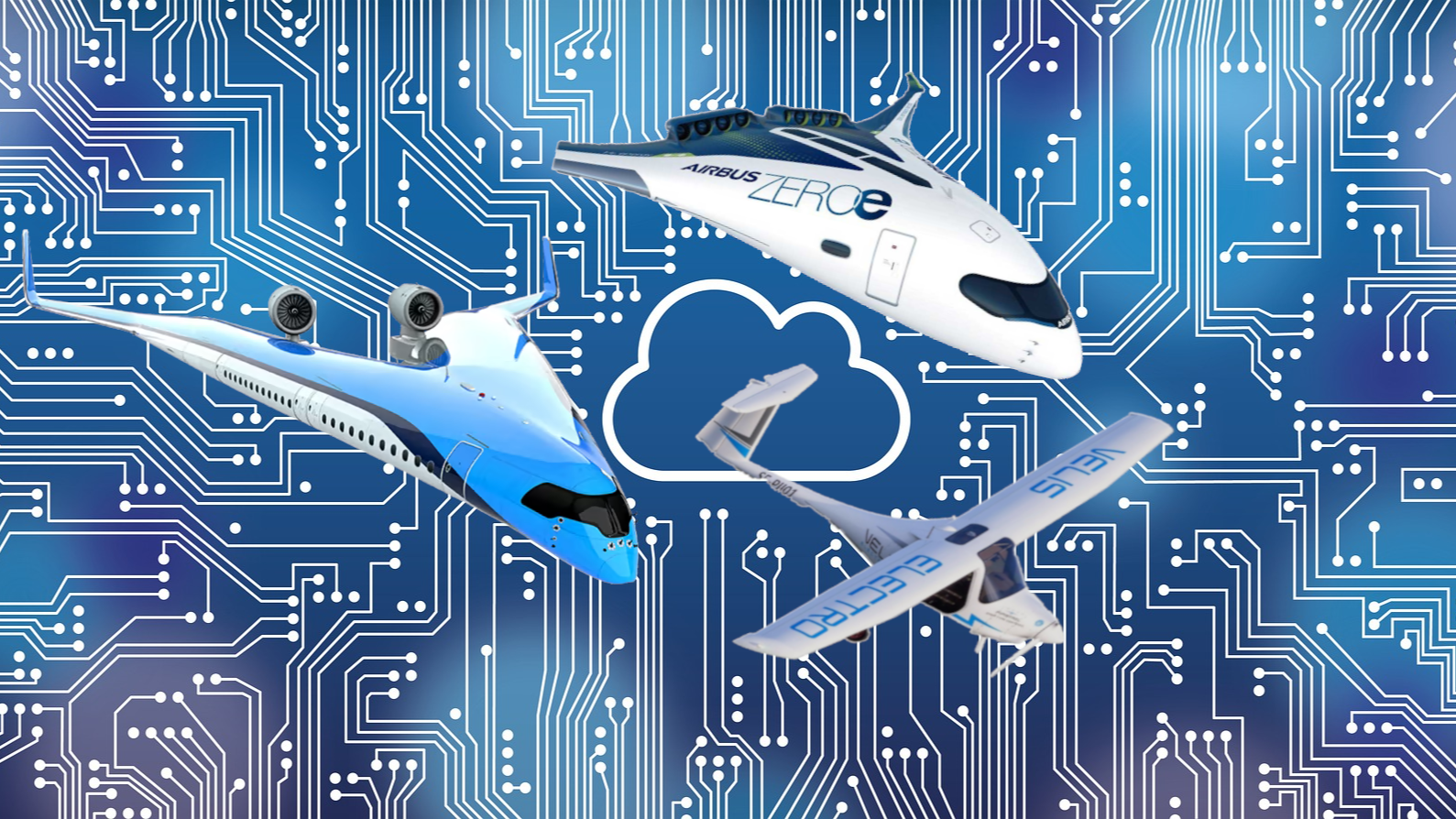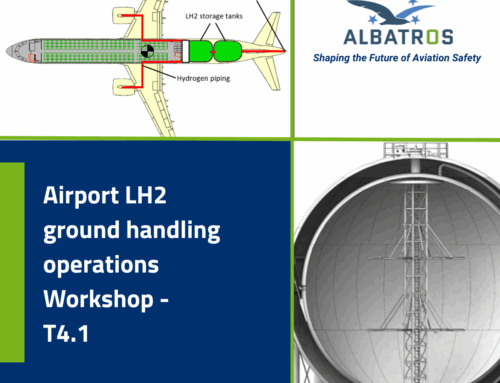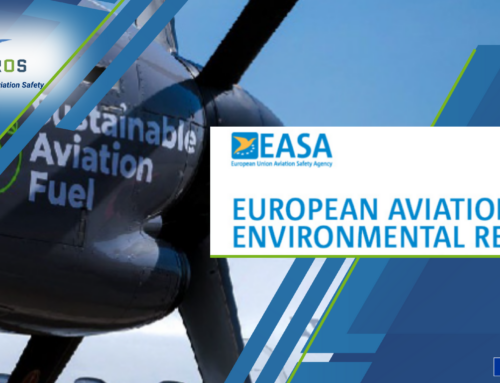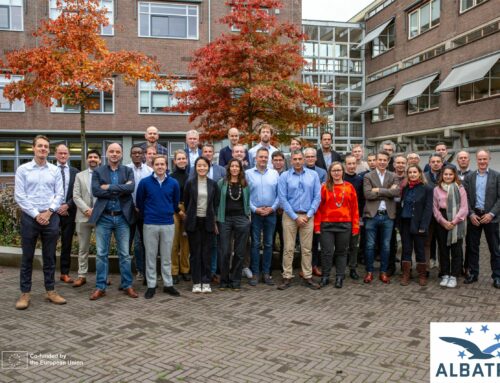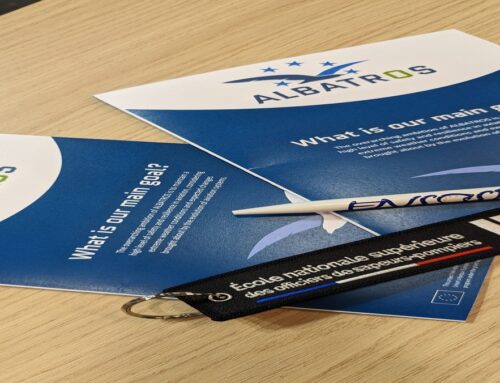The aviation industry has made great strides in ensuring the safety of passengers and crew through advancements in technology, regulation, and training. These advancements have led to a steady decline in the number of accidents and incidents over the years, making air travel one of the safest modes of transportation available.
At the same time, innovation in the aviation industry has been flourishing, with new technologies and designs being developed to improve efficiency, reduce costs, and minimize environmental impact. These innovations include electric and hydrogen aircraft, unmanned aerial vehicles (UAVs), and new materials and manufacturing techniques.
Fundamental and crucial changes to the air transport system within Europe are underway to reduce emissions to create a climate-friendly sustainable future with zero emissions. The hazards that are created by these evolutions and by the threats posed by climate change must be correctly assessed, especially from a safety perspective.
THE INDUSTRY
In the aviation industry, various stakeholders such as airlines, airports, air traffic control, and regulatory bodies all rely on data and information to make critical decisions related to flight operations, safety, and security. However, often, these stakeholders operate in silos, which can lead to a lack of coordination and communication.
For instance, data collected by an airline about flight delays or cancellations may not be effectively shared with the airport, which can lead to a lack of situational awareness and operational inefficiencies. Similarly, air traffic controllers may not be aware of weather-related data gathered by the airport, which can impact flight routes and decisions made by pilots.
The insufficient sharing of data between the various stakeholders can lead to missed opportunities for improving operational efficiency, reducing costs, and enhancing safety. To address this issue, the aviation industry is exploring various initiatives to improve data-sharing practices and promote collaboration between stakeholders (Data4Safety, EACCC, GADSS, etc). These efforts aim to establish more seamless and integrated operations, easing the deployment of climate-friendly solutions.
THE CONTRIBUTION FROM THE EUROPEAN UNION
Among the initiatives that aim to enhance data-sharing, the recently started EU-funded project ALBATROS is committed to determining how best to enable multiple actors to share their data confidentially, enabling benchmarking and safety insights that will lead to safer operations and better designs of aircraft, airports and air traffic systems. ALBATROS partners are developing a new concept for real‐time sharing of safety intelligence to support decision-making on safety issues, emergencies and crises such as enabling stakeholders at an airport to take appropriate action when a hydrogen aircraft has an emergency.
The project is currently performing a refined analysis of the existing approaches of the European Aviation Crisis Coordination Cell (EACCC) and the Global Aeronautical Distress and Safety System (GADSS), but not only, with the aim to propose key improvements and adjustments. This activity will receive support from the advisory board to assess their existing concepts (EACCC, GADSS, ACI-Europe, CTIF, etc.).
Based on consultation with all the relevant stakeholders, the Consortium will then collect user needs and then initial user requirements, operational requirements and functional requirements. This input will convey the initial version of the concept and procedures for sharing safety information between relevant actors and users to provide:
- A description of the safety information to be shared between actors, stakeholders, and users
- Clarifications about the roles and responsibilities of the different actors
- A picture of use cases and scenarios, including advice on cyber-security topics
Finally, ALBATROS will provide a comprehensive overview of key methods, technologies, and systems, as well as their capabilities and limitations, in view of the concept of sharing safety information. The concept for sharing safety information between relevant actors and users will be then refined based on the results from the validation exercises expected between 2025 and 2026.


